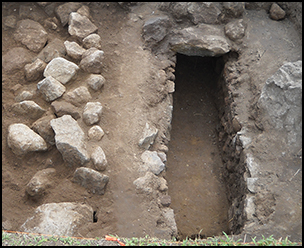Article contents
Cist graves on Saba: funerary traditions in the colonial Caribbean
Published online by Cambridge University Press: 23 September 2019
Abstract

Stone cist graves dating to the Bronze Age through to the late medieval period are well attested across Western Europe. In the Americas, such cist graves are found only on the island of Saba in the Dutch Caribbean. First starting in the colonial period, this funerary practice continues on Saba to the present day, representing a cultural continuity with rural seventeenth-century populations—probably settlers from the British Isles. This article discusses the recent excavation of several cist burials on Saba, their structural forms and their relevance for understanding cultural continuity in the Caribbean of the historical period.
- Type
- Research
- Information
- Copyright
- Copyright © Antiquity Publications Ltd, 2019
References
- 1
- Cited by


